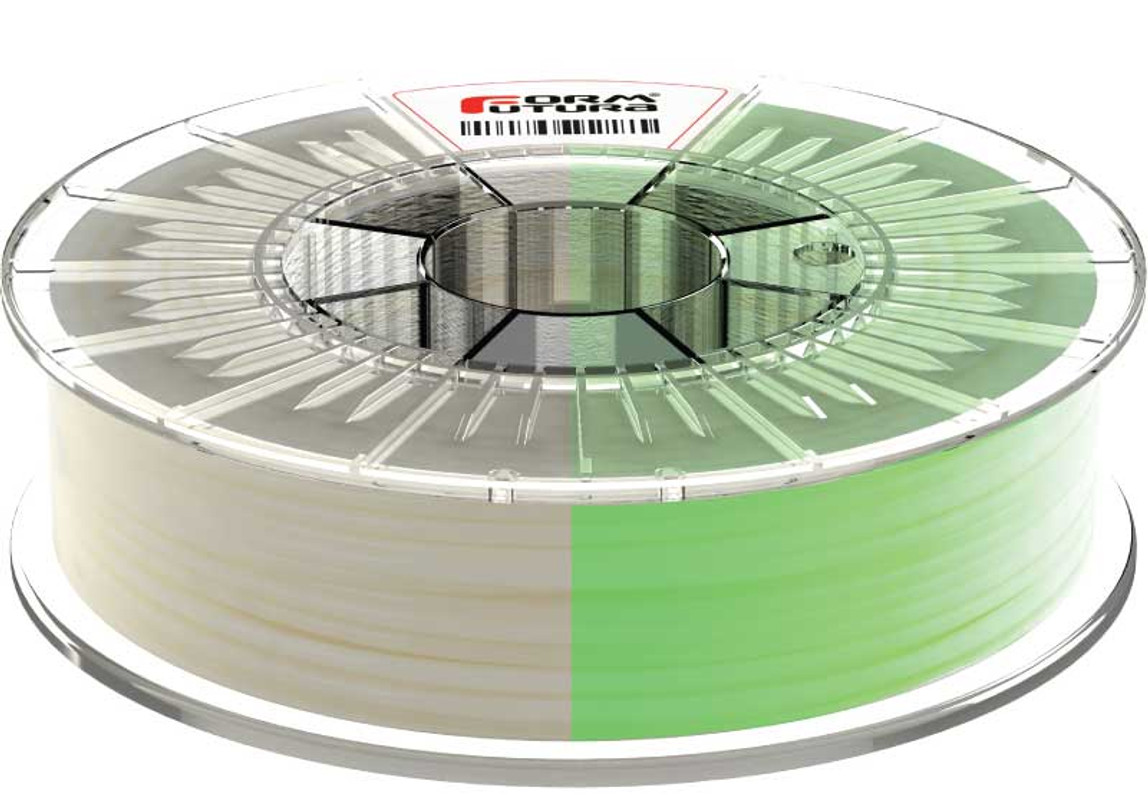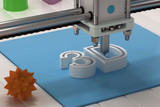3D Printing With ABS Filament
ABS filament, acrylonitrile butadiene styrene, is a fairly common thermoplastic polymer in the industry, known primarily for its good low temperature resistance and light weight. Mainly used in the household appliances sector, it is also found in boat hulls, decoration or toys, especially in the famous bricks developed by LEGO. ABS plastic is also very popular in the FDM or fused deposition printing market, surely one of the most widely used plastics in 3D printing.
Today we are offering you a complete guide with the main characteristics of ABS plastic filament in 3D printing. For what kind of applications is it better to use it?
ABS plastic production
Developed primarily from the 1990s, ABS plastic is what is called a "terpolymer," which is most often obtained by polymerizing acrylonitrile and styrene in the presence of polybutadiene, usually 20% acrylonitrile, 25%. butadiene. and 55% styrene. ABS properties can be modified by manipulating these proportions. Styrene, for example, is the element that gives ABS its rigidity and shiny side, while butadiene gives it impact resistance and low-temperature properties.
The plastic injection industry using ABS plastic: the material has good rigidity, high impact resistance and light weight, while being very affordable. It has also been a popular material for the past few years in the fused deposition printing market. One of the first filaments used in the industry in conjunction with PLA: Both materials are easier to print than other low-cost, technical thermoplastics.
Features of ABS filament in 3D printing
Available in the form of 1.75mm or 2.85mm diameter 3D filaments in a variety of colors. ABS has interesting properties for many industries that want to 3D print functional parts or prototypes. Although it is more difficult to print than PLA, ABS remains the preferred material for 3D printing professionals due to its high resistance to impacts and temperature (between -20 ° C and 80 ° C). It offers smooth and shiny surfaces and can be chemically welded with acetone.
The ABS filament has a melting temperature of around 200 ° C; It is recommended that the extruder temperature of the 3D printer be between 230 and 260 ° C. The use of a heated tray (between 80 and 130 ° C) is mandatory when you want to print ABS. It is a plastic that shrinks in contact with air, causing a phenomenon of removal (or deformation) of the part and therefore its detachment from the printing tray. For large pieces, it is even recommended to use a special adhesive such as Kapton or an adhesive lacquer. Finally, a closed chamber 3D printer is preferable because ABS plastic emits particles that can be dangerous for the user.
As for the print media, keep in mind that ABS is easy to print with HIPS, a material that has the same extrusion temperatures. Furthermore, it can be easily dissolved in limonene, a solvent based on citrus peels.
Little post-processing is required when printing with ABS filament, a key benefit that will save you time in producing complex parts. Can be painted and weather well with little observed deformation. Finally, it is a material that must be kept dry because it absorbs moisture from the air, which will make it much more difficult to use for printing.
Recent Posts
-
Best Computer Screens for Home and Office
Computer display screens, often referred to simply as monitors, have undergone a remarkable evolutio …27th Dec 2023 -
Unleashing Creativity Down Under: The Best 3D Printing Filament Options in Australia
Australia has become a hub for creativity and innovation, and 3D printing is no exception. With an …3rd Jun 2023 -
How is 3D Printing Technology enhancing the Advertising Industry?
3D printing, or additive manufacturing, is the process of using digital files to create three- dime …8th May 2023

 FREE SHIPPING ON ORDER OVER $75
FREE SHIPPING ON ORDER OVER $75
 LOYALTY PROGRAM
LOYALTY PROGRAM
 SHIPPING WORLDWIDE
SHIPPING WORLDWIDE



